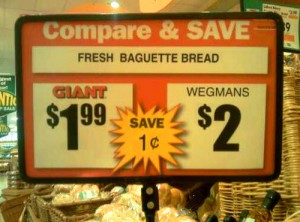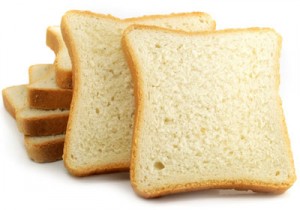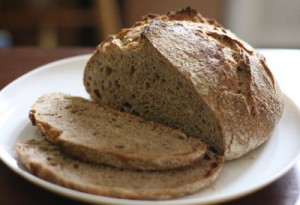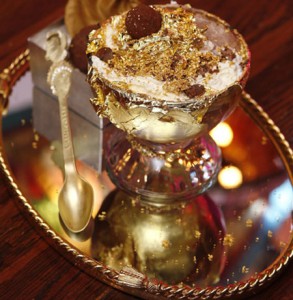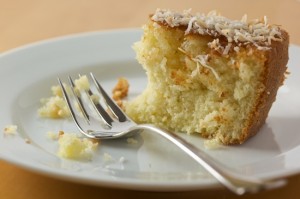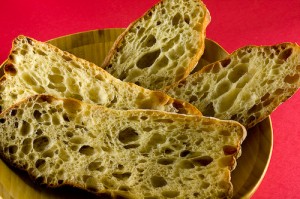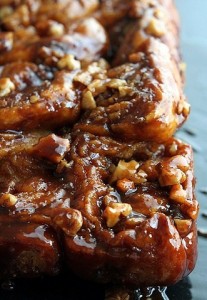It’s already the 1st of December! To retailers, today may signify more than just the beginning of the holiday season. Countless companies rely on holiday sales to make the bulk of their annual profits, and the Bakery is no exception. After all, who can resist fruity Christmas stollen, chocolatey yule logs, delicious gingerbread everything, and scrumptious sufganiyot? Personally, I even love fruitcake (the more candied fruit and marzipan on top, the better)!
What makes these items special is their availability, or lack thereof, during the other eleven months of the year. In a way, these holiday treats function as a sales promotion, since they are offered only for a limited time and used to stimulate consumer demand. Integrating these limited-time offers with other sales promotion elements in a pull strategy opens the opportunity for a substantial surge in sales. At the Bakery, free samples and premiums (gifts with purchase) are also used to drive sales. Butter tart, anyone?
As always, but perhaps even more so at this time of year, personal selling remains an important element in the Bakery’s promotional mix. There is likely to be resistance from a customer when trying to convince him or her that a $75 gingerbread house would make the perfect coffee table centerpiece. To address objections, I find that describing specific uses or suggesting food pairings work best in moving the customer towards making the purchase.
Describing Uses: “You can let the children eat away at the gingerbread house after dinner while the adults enjoy drinks together. It keeps the kids happily occupied and they can take home pieces after the party.”
“You can wrap up our decorated holiday sugar cookies individually and attach them to presents with the name tag – so cute – or give them out as party favours at the kids’ table.”
Suggesting Pairings: “Our Italian focaccia bread goes wonderfully with roast turkey or chicken and makes an easy, flavourful side that you only need to cut into smaller pieces and serve.”
“Our cranberry orange loaf pairs well with both sweet and savoury brunch dishes and coffee or tea, or could even be used to make a really special bread pudding with sultanas added in.”
I tend to follow a long-term relationship focus when performing personal selling, simply because I prefer to tell the customer the truth. For example, if a customer asks if our cinnamon bread is moist, I reply that in my honest opinion, it isn’t (because it really isn’t, unless you use it to make French toast, which I usually suggest). Following up with an item better suited to the customer’s needs then works brilliantly, thereby incorporating problem-solving into the sales process. The customer has never failed to thank me for my honesty and usually makes an alternate purchase, either at that moment or in the future.
As I have often mentioned, the Bakery is relatively weak in the areas of advertising, public relations, and direct marketing, but model solutions and competitors’ strategies have already been the topic of previous entries.
To end my final marketing post, I’ll sign off with some spectacular feats of engineering, design, decoration, and artistry in the form of my favourite sign of the holidays: gingerbread houses. I would move into any of them tomorrow.
And finally: how they managed to bake a perfectly spherical roof, I will never know.











